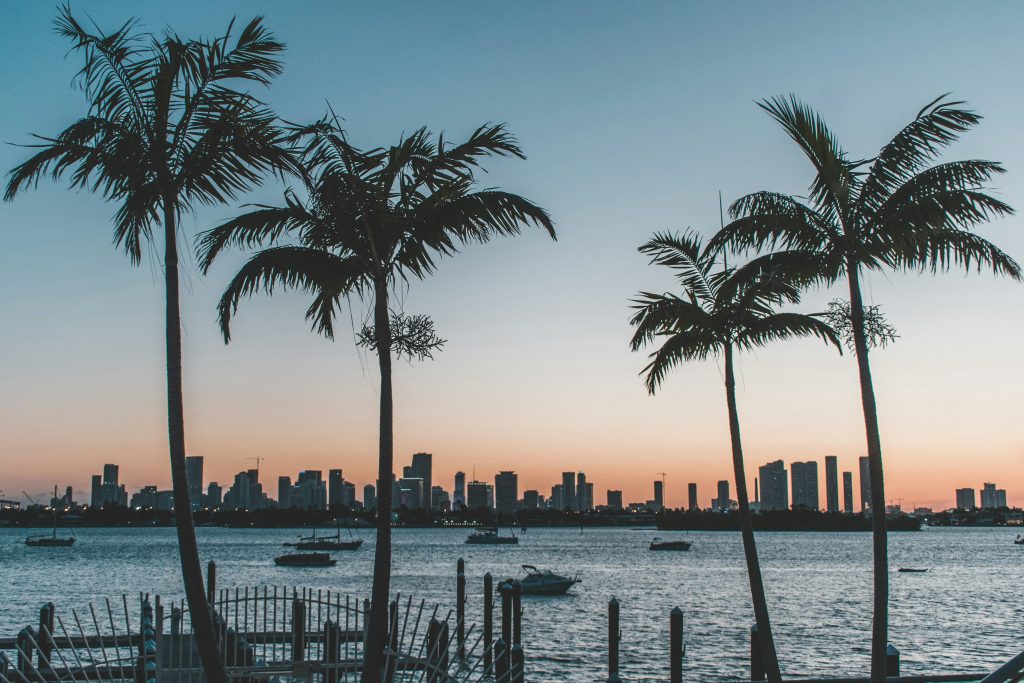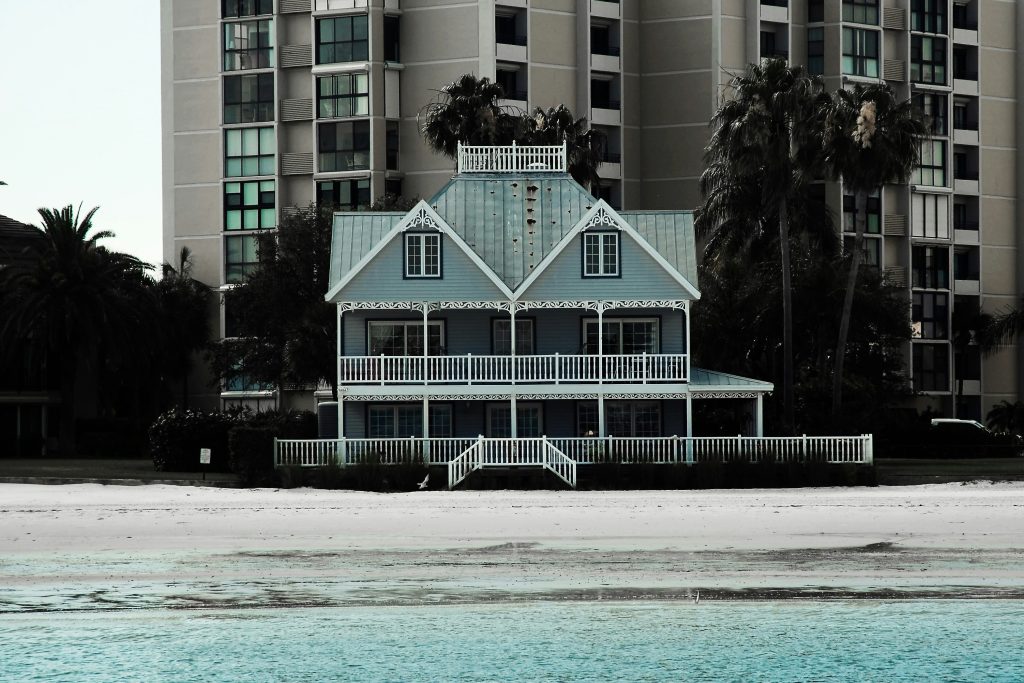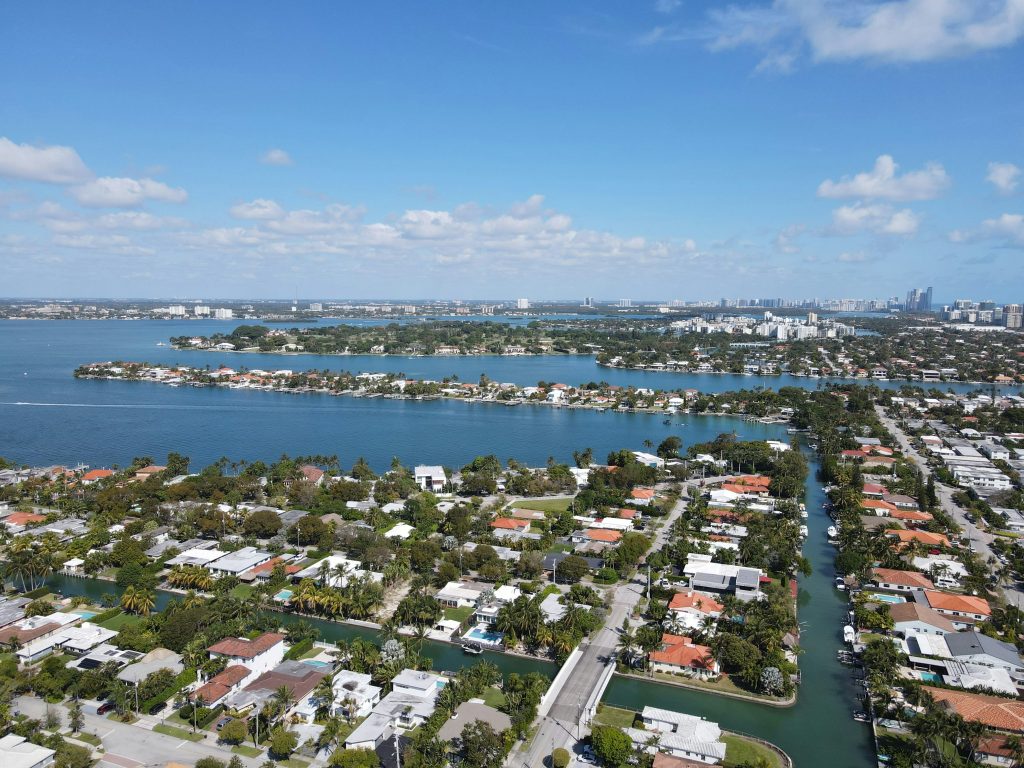Understanding the Current Insurance Market in Florida
The insurance market in Florida has faced significant challenges, leading to increased rates and insurers withdrawing from the state. This situation was the result of several factors, including high litigation rates, reliance on reinsurance, and the impact of severe weather events. The good news is that reform is slowly correcting some of these factors.

Litigation and the Impact on Homeowners Insurance
According to The Florida Office of Insurance Regulation, Florida is unique in that it accounted for only 9% of the nation’s homeowners claims in 2022, but nearly 80% of homeowners insurance lawsuits. This disproportionate number of lawsuits has led to net underwriting losses for Florida’s homeowners’ insurers, exceeding $1 billion in both 2020 and 2021. The high litigation rates have contributed to a ‘hard’ insurance market, characterized by higher prices and reduced product availability. The situation has been exacerbated by legislation, with excessive and frivolous lawsuits increasing the cost of claims.
Reinsurance Costs and Material Prices
Florida’s insurance sector heavily relies on reinsurance due to the presence of small and medium-sized insurers that fill the gap left by larger national insurers. Reinsurance acts as a shock absorber for these companies, but the costs are high. To understand more about Reinsurance, read our previous post!
Additionally, the skyrocketing costs of raw materials and skilled labor have directly impacted repair and replacement expenses, contributing to the rise in insurance rates.
Withdrawal of Insurance Companies
Several major insurance companies, including Farmers Insurance and Bankers Insurance, have voluntarily withdrawn from the Florida market. This retreat is partly due to the high risk of hurricanes and other extreme weather events, such as Hurricane Ian in 2022, which resulted in significant insured losses. Many additional carriers have been tightening their underwriting requirements and non-renewing large portions of their clients in the hopes of preventing additional losses. The withdrawal of these companies, and strict underwriting, has led to a decrease in available coverage and an increase in premiums.
Efforts to Stabilize the Market
Over the past two years, Florida has made significant changes to its insurance regulations. These reforms aim to stabilize the insurance market, reduce excessive litigation, and promote fair practices for both insurers and policyholders.
Property Insurance Reforms

In 2022, Florida Governor Ron DeSantis signed Senate Bill 2A (SB 2A), which introduced sweeping changes to the state’s property insurance statutes. One of the key changes was the elimination of one-way attorney’s fees for property insurance litigation. This reform is expected to reduce the number of litigated claims, as both parties are now required to bear their own legal costs in disputes. SB 2A also introduced the Florida Optional Reinsurance Assistance (FORA) Program, which provides an optional hurricane reinsurance program for insurers at reasonable rates, funded by general revenue and premiums paid by insurers. This program is designed to address anticipated shortages in the reinsurance market.
Another significant change was the reduction in the timeframe for policyholders to report claims and for insurers to pay or deny claims. Policyholders must now file a claim within one year of an incident, down from two years. This change is intended to help insurers more accurately determine the cause and extent of a claim and to ensure claims are adjusted more promptly.
Legal Reforms
In addition to the property insurance reforms, Florida has also enacted major tort reform laws, including House Bill 837 (HB 837), which went into effect in March 2023. These laws are intended to address abusive litigation practices and protect Florida consumers and businesses. The bill modifies the bad faith framework, eliminates one-way attorney’s fees and fee multipliers, and ensures that Floridians can’t be held liable for damages if the person suing is more at fault.
HB 837 introduced changes to Florida’s civil remedy statute, including a safe harbor for insurers, which insulates them from liability above their policy limits if they make their entire policy limits available within 90 days of receiving notice of competing claims exceeding the policy limits.
The bill also replaced Florida’s pure comparative negligence system with a modified comparative negligence system. Under this new system, a plaintiff can recover damages in proportion to the defendant’s percentage of responsibility only if the plaintiff bears 50 percent or less of the liability.
Impact on the Insurance Market
These reforms are part of a broader effort to stabilize Florida’s insurance market and reduce the burden on the taxpayer-backed plan. They have opened the door for primary carriers to enter or re-enter the Florida insurance market, promoting more competitive pricing on homeowners and commercial insurance.
However, despite these reforms, some analysts predict that home insurance costs in Florida are unlikely to fall due to rising inflation rates, reinsurance costs, and the effects of large storms hitting the state. Nonetheless, the reforms are expected to bring stability to the market and potentially prevent higher rate increases in the future.

The current state of the Florida insurance market is the result of a complex interplay of factors, including high litigation rates, reliance on reinsurance, the impact of severe weather, and recent legislative changes. While rates have been increasing and carriers have been pulling out, efforts to reform the market are ongoing, with some signs of stabilization and growth. It is a challenging time for the industry, but there is hope that these efforts will lead to a more stable and competitive market for Floridians.
Click HERE to get an insurance quote TODAY!